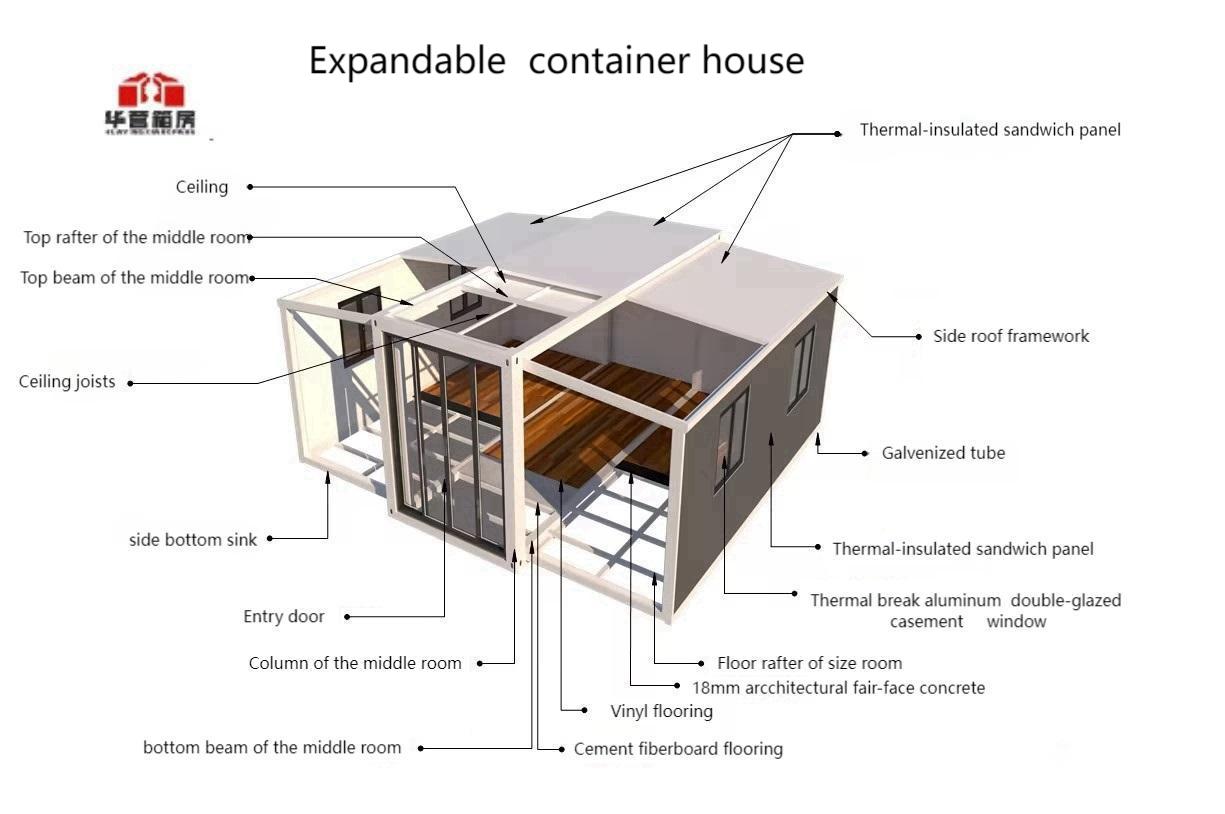Discover how 20ft shipping containers are transforming the food service industry with cost-effective, mobile, and eco-friendly restaurant solutions. Learn about design flexibility, rapid installation, and real-world applications for entrepreneurs seeking unique dining spaces.
The food service landscape is evolving, and savvy entrepreneurs are turning to unconventional solutions to stand out. Enter the 20ft shipping container restaurant – a game-changing concept that blends sustainability, mobility, and eye-catching design. These compact powerhouses are redefining what it means to launch a food business, offering everything from pop-up eateries to permanent culinary destinations without the traditional brick-and-mortar headaches.
Why Choose a 20ft Container for Your Restaurant?
Let’s talk practicality. A standard 20ft shipping container (about 160 sq ft) hits the sweet spot for many food ventures. It’s large enough to house a functional kitchen and small dining area yet compact enough to fit in tight urban spaces or event venues. Compared to building from scratch, container restaurants slash construction costs by up to 60% and reduce timelines from months to weeks. Plus, their inherent mobility means you can relocate your business to chase foot traffic or test new markets – a flexibility traditional restaurants can only dream of.
But it’s not just about economics. These structures are eco-warriors, repurposing industrial materials that would otherwise clog landfills. With proper insulation and solar panel integration, they can operate with minimal environmental impact – a huge selling point for today’s conscious consumers.
Design Magic: Transforming Steel into Culinary Art
Don’t let the industrial origins fool you – modern container restaurants are anything but crude. Cutting-edge designs like the dual-wing configuration maximize usable space dramatically. Check out this engineering marvel:

This innovative structure features fold-out side sections that nearly triple the floor area when deployed. Imagine starting your day with a compact footprint for transit, then expanding into a spacious 300+ sq ft restaurant at your destination. The wings house dining areas, bars, or even open kitchens, while the central container core contains utilities and storage. Modular interiors allow for customized layouts – think sleek sushi counters, cozy café nooks, or vibrant taco bars.
Installation: Faster Than You Can Say “Grand Opening”
Here’s where container restaurants truly shine: deployment speed. Traditional builds involve endless permits, weather delays, and construction chaos. With containers, it’s a different story. Watch how effortlessly these structures come to life:
Your browser does not support the video tag.
As you saw, the entire process – from delivery to full expansion – takes mere hours. The container arrives on a flatbed truck, gets positioned with basic equipment, and the hydraulic wings unfold like origami. Plumbing and electrical systems are pre-installed, so you’re essentially just “plugging in” your restaurant. This plug-and-play approach means you can start serving customers almost immediately after site preparation.
Real-World Applications That Work
So, how are entrepreneurs using these 20ft wonders? Let’s look at some winning models:
- Urban Food Halls: Multiple containers create a vibrant culinary marketplace in underutilized lots.
- Festival & Event Catering: Deploy a fully functional kitchen anywhere from music festivals to corporate events.
- Beachfront Eateries: Withstand harsh coastal conditions while offering stunning ocean views.
- Ghost Kitchens: Use as a low-overhead base for delivery-only operations.
- Satellite Locations: Established restaurants launch pop-up branches in high-traffic areas.
Take “The Steel Plate” in Austin – a 20ft container serving gourmet burgers. Owner Maria Rodriguez shares: “We launched in 3 weeks for under $50k. During SXSW, we moved downtown and saw 300% sales increase. Try doing that with a regular restaurant!”
Overcoming Challenges Like a Pro
Of course, container restaurants aren’t without considerations. Insulation is critical – but modern spray foam solutions keep interiors comfortable in any climate. Zoning laws vary by location, though many cities now have specific container building codes. The key? Work with experienced suppliers who understand food service requirements and local regulations. They’ll handle structural reinforcements, ventilation systems, and health department compliance so you can focus on your menu.
Your Recipe for Success
The 20ft shipping container restaurant isn’t just a trend – it’s a strategic response to modern dining demands. It offers entrepreneurs unprecedented agility, cost control, and design freedom. Whether you’re a chef dreaming of your own spot or an investor seeking high-ROI food concepts, this model delivers. As urban spaces get tighter and consumer expectations shift toward unique experiences, these steel boxes are proving to be the perfect ingredients for culinary innovation.
Ready to cook up something extraordinary? The container revolution is waiting – and it’s more accessible than you think.
